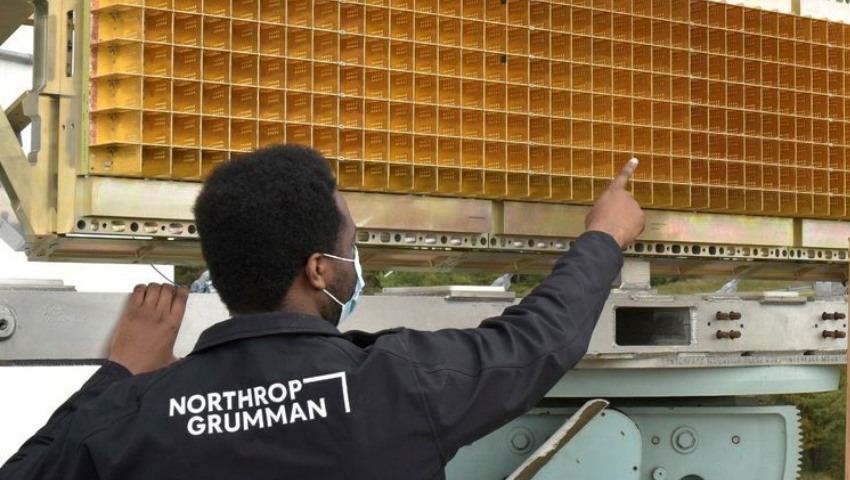The global defence contractor has completed a flight test demonstrating its new sensor technology.
Northrop Grumman’s new Terracotta sensor — a fully-digital open mission systems (OMS)-compliant wideband active electronically scanned array (AESA) — has been successfully deployed during a flight test.
The flight aimed to verify Terracotta’s ability to simultaneously perform active and passive radio frequency capabilities.
The sensor’s almost 200 wideband digital channels can be moulded co-operatively or segmented for unique purposes, including the delivery of electronic warfare, airborne early warning radar, active and passive sensing, and communications.
“As a fully-digital multifunction sensor with a wide operating bandwidth, Terracotta can seamlessly provide adaptive spectrum manoeuvrability,” Paul Kalafos, vice president, surveillance and electromagnetic manoeuvre warfare, said.
“The sensor’s architecture is easily scaled and configured for many applications and systems across all domains. It represents a key enabling technology for joint all domain operations.”
Terracotta’s multifunction apertures are designed to consolidate multiple capabilities into a single sensor, decreasing both the number of apertures needed and the size, weight, and power requirements for the capabilities.
The sensor’s OMS compliance can also provide an interface solution based on open architecture design, enabling users to add new or improved capabilities.
Northrop Grumman now plans to integrate a combination of OMS/Open Communication Systems sensors and software-defined radios across multiple platforms, networks and nodes to support multi-domain interoperability.
[Related: Northrop Grumman awarded US Air Force contract for Minuteman III Sustainment]








